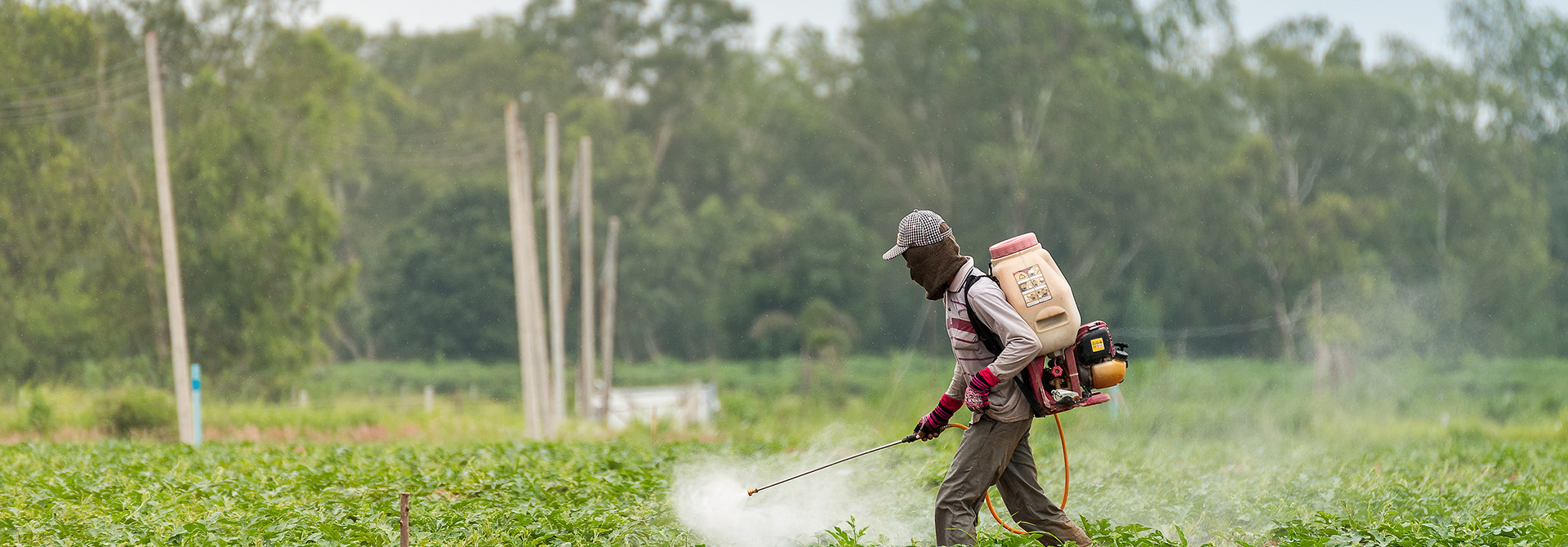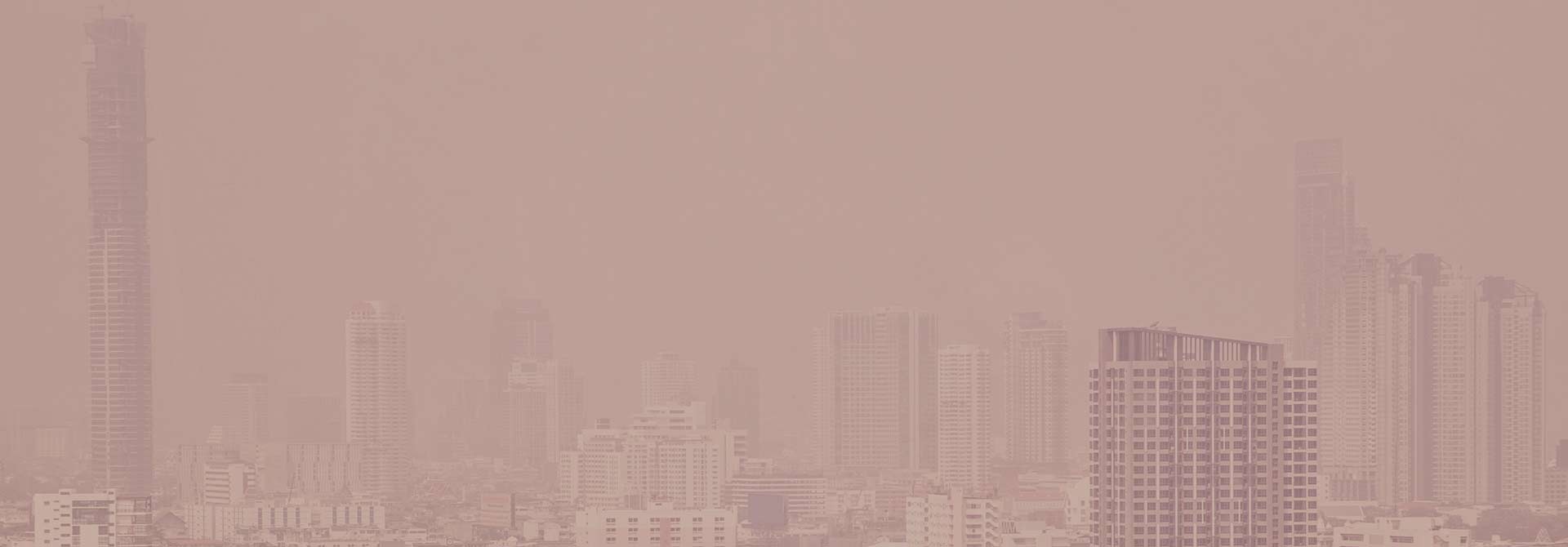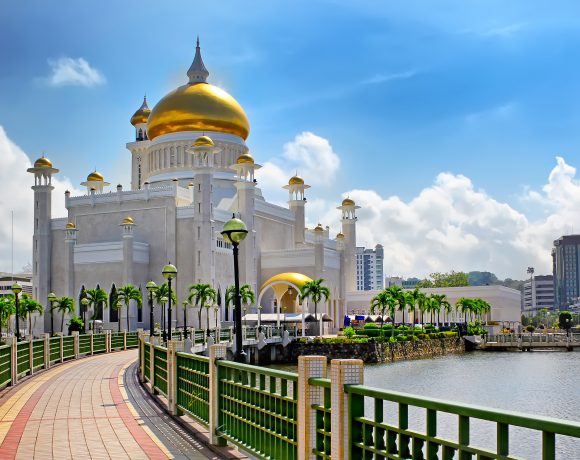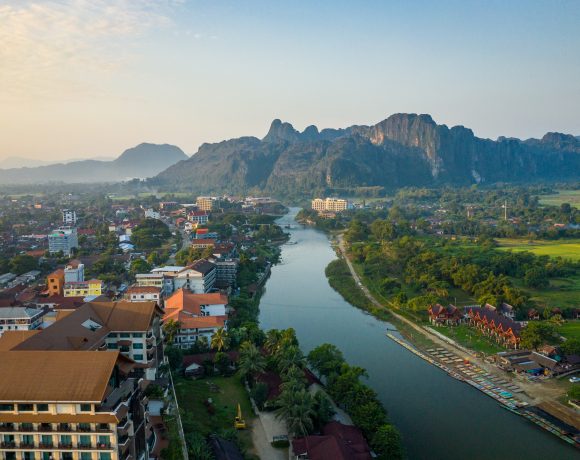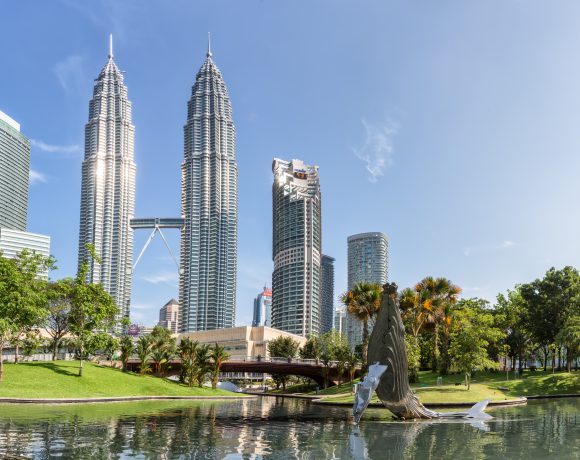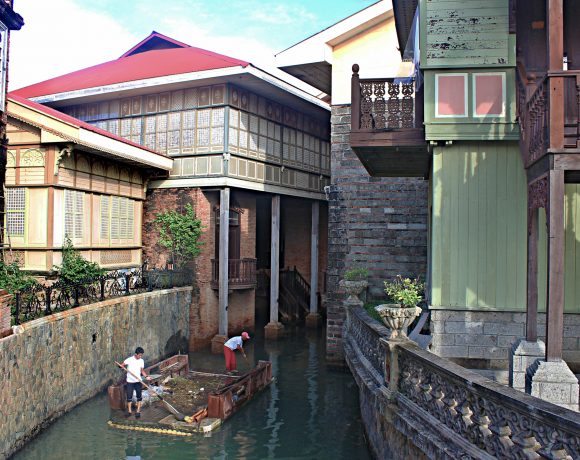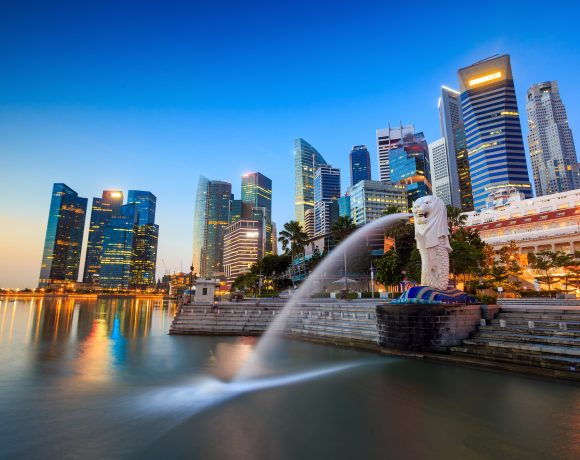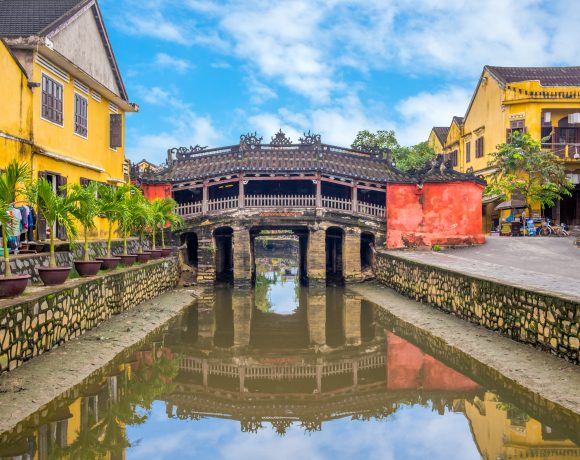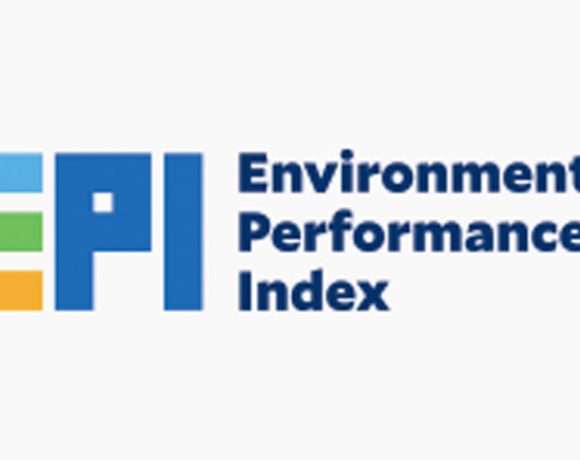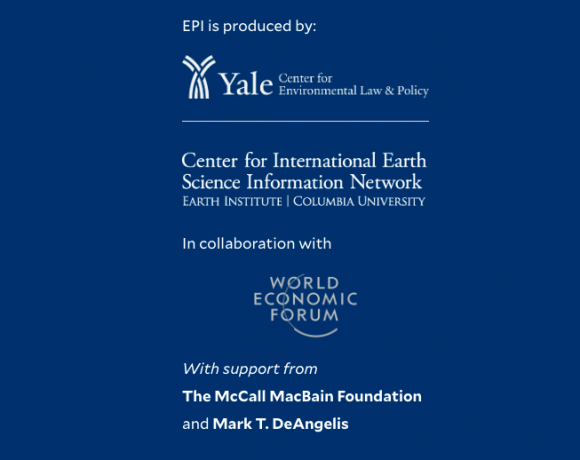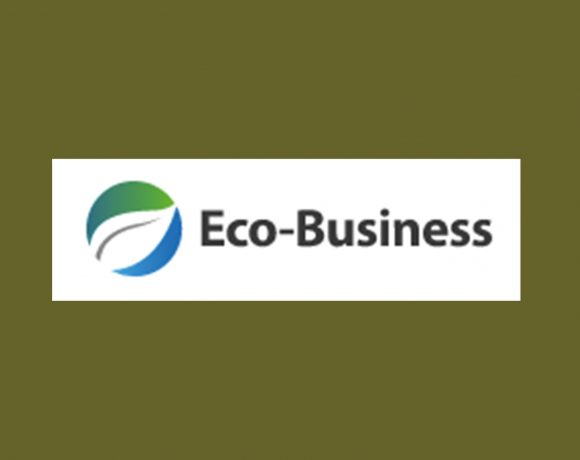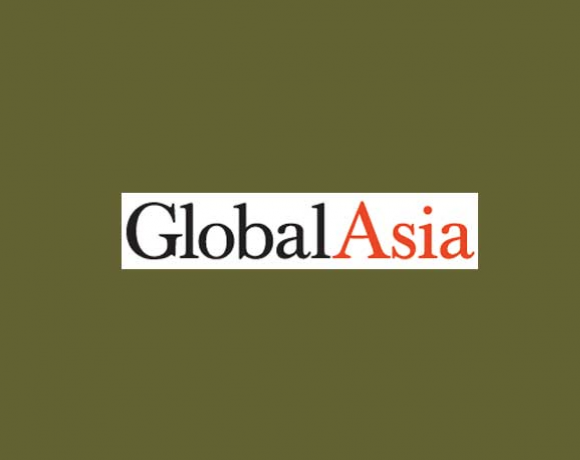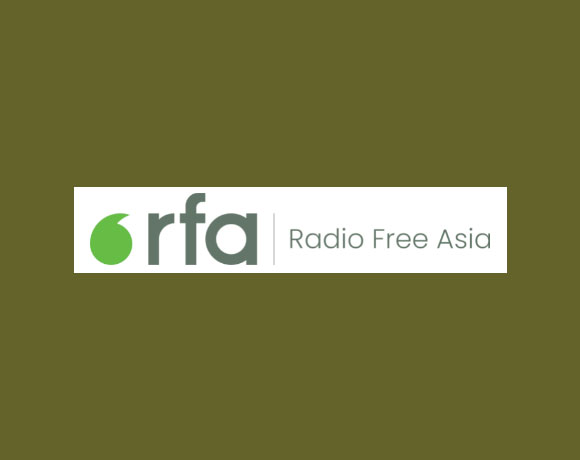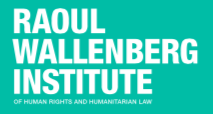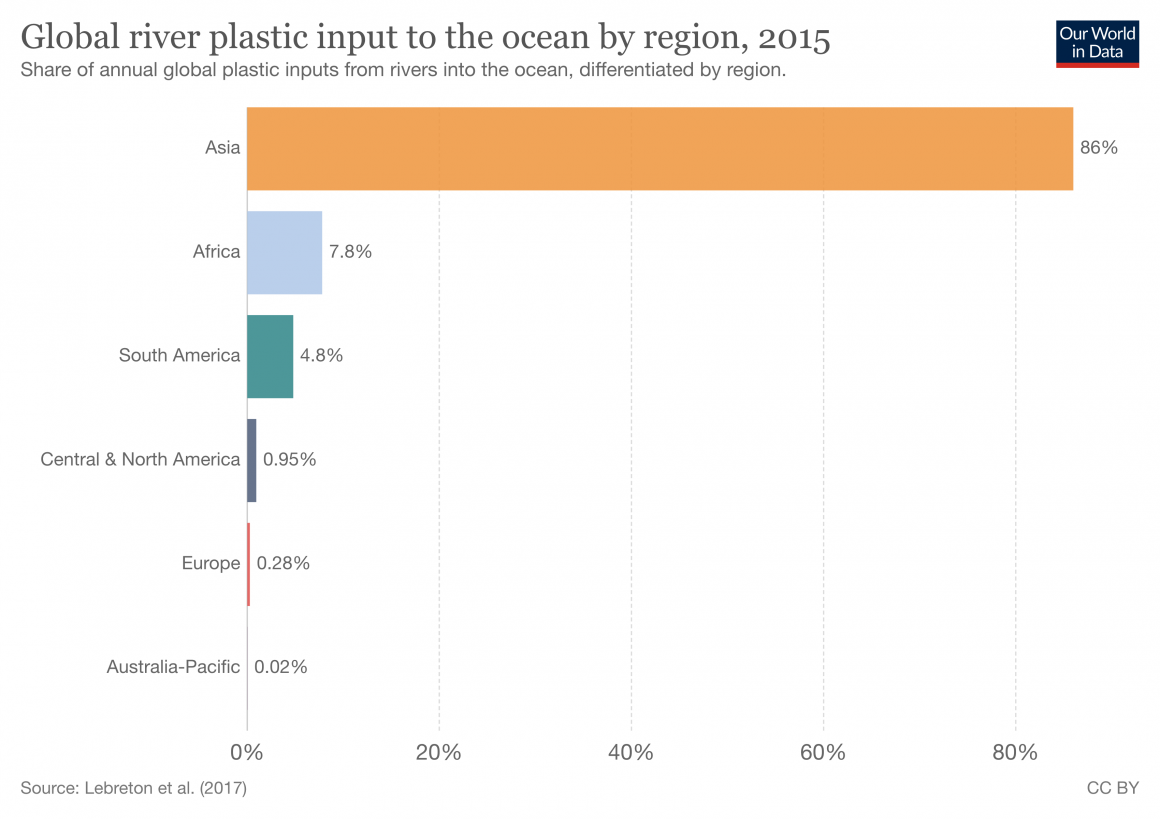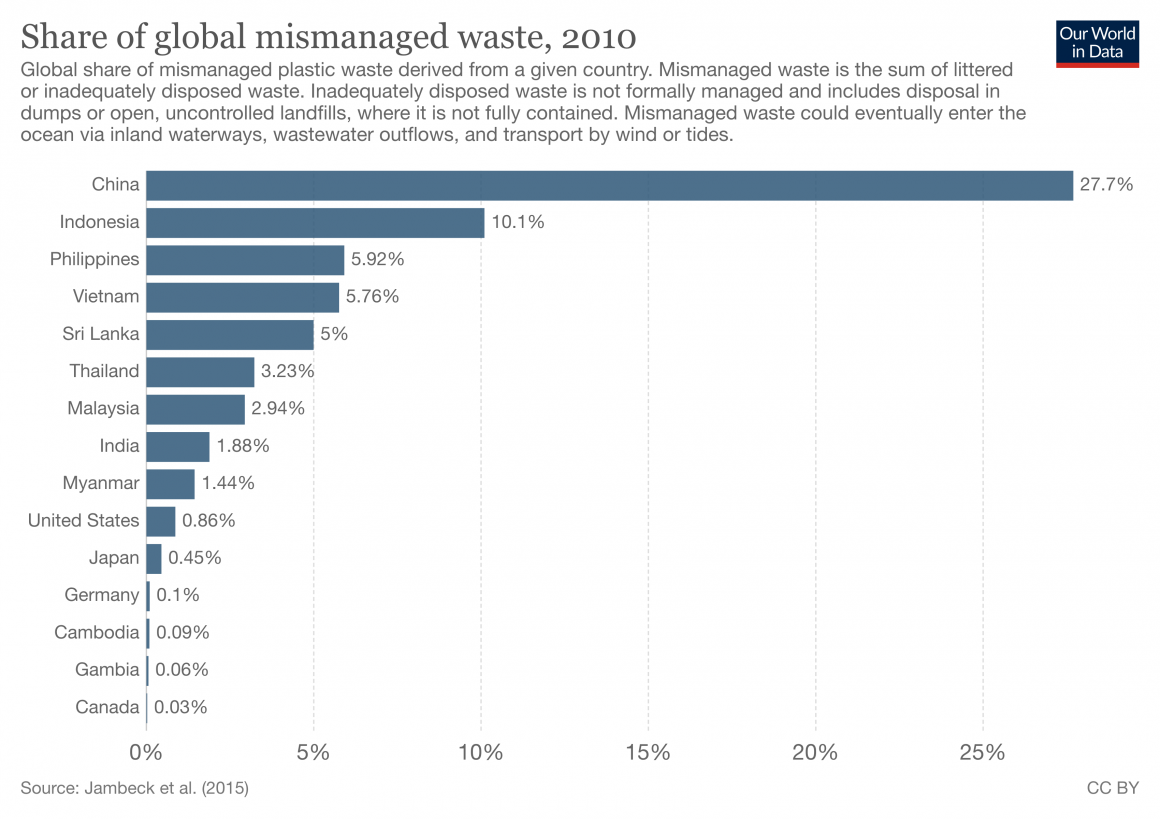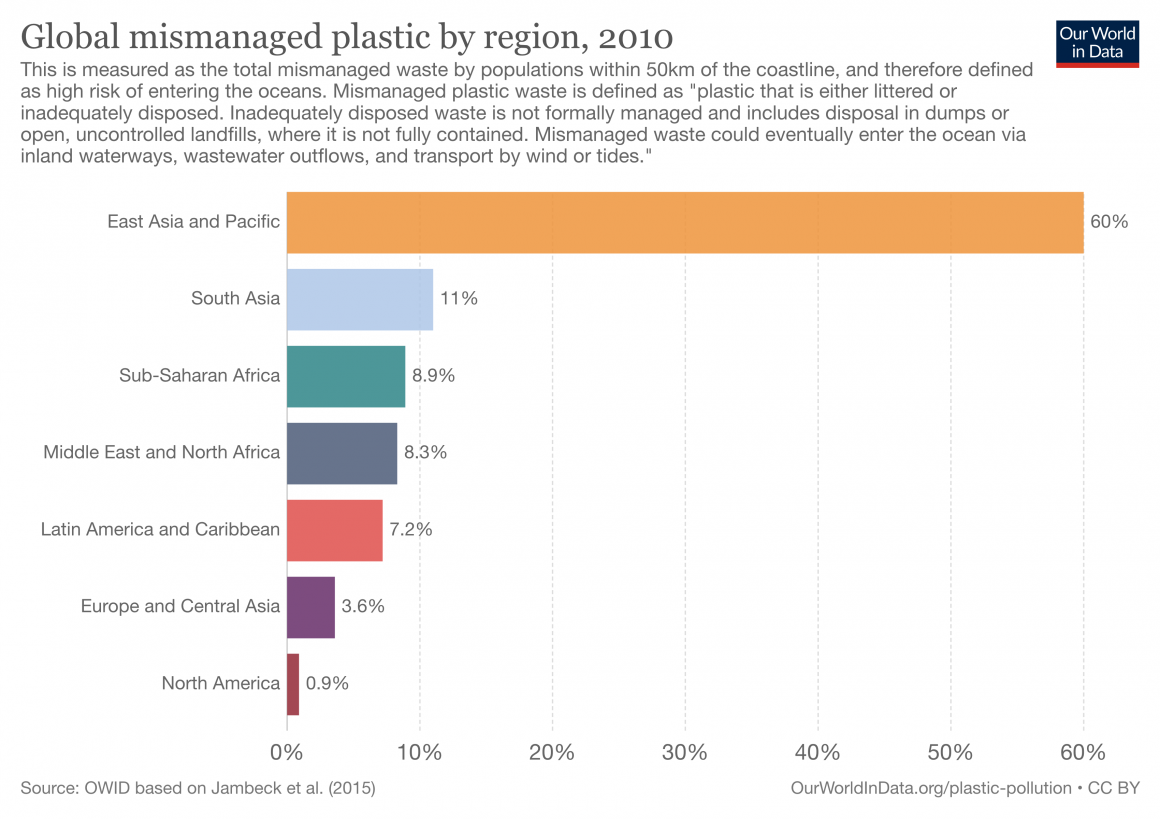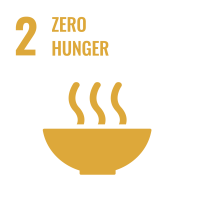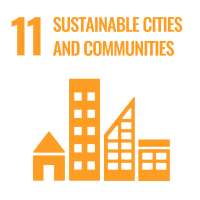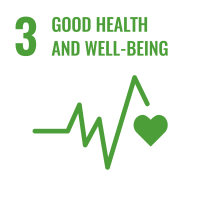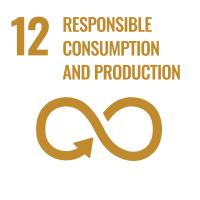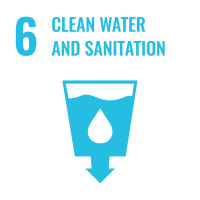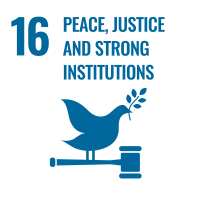Southeast Asia makes up 3% of the total land area of the Earth. The Association of Southeast Asian Nations (ASEAN) region is blessed with numerous natural resources, ecosystem services, rich biodiversity, and a deep cultural history. The opportunity to work together to move this region forward through sustainable development practices is here and now. Join Three Percent Earth Foundation’s mission to help reduce and prevent impacts from consumer-industrial pollution and pesticides to the natural environment for cleaner air, safer water, and a more liveable future.
POLLUTION BY THE NUMBERS
-
5.4 Million
The estimated number of annual deaths attributed to pollution in Asia-Pacific
-
137%
The estimated increase in municipal solid waste from 1998 to 2025 in the East Asia and ASEAN regions
-
20.71
The mortality rate (per 100,000) attributed to PM2.5 air pollution for children under age 5 in low to middle income ASEAN nations (The rate for Canada and United States combined is 0.15)
-
40%
The proportion of plastics waste generated by ASEAN (as a single world region) among the Top 12 polluting nations
-
70.88
The average NUMBEO pollution index score among ASEAN nations for 2018 compared worldwide (best score =17. worst score =94)
-
100 Million
The estimated number of people in Southeast Asia without access to safe water
This video is provided courtesy of the Agro-Ecology Learning Alliance in South East Asia (ALiSEA)
Whether you’re from Hanoi, Cebu, Chiang Mai, Mandalay, Singapore, Luang Prabang, Bandar Seri Begawan, KL, Phnom Penh, or Bali, ASEAN is our home. So let’s work together for clean air, safe water, and sustainable whole foods.
NGO Reports
Clean water is an essential life sustaining factor on Earth. Yet, an estimated 100 million people in Southeast Asia have no access to safe water for drinking and sanitation. This issue is all the more pressing as the population in the region is expected to grow to over 740 million people, by 2035. As of 2015 only 42% of those in Cambodia had access to ‘improved sanitation.’ At the same time, toxic waste pollution is responsible for impacting clean water resources. Only 12.5% of Vietnam’s municipal wastewater is treated before being released to its river systems. Access to clean water needs to be viewed as a basic human right especially for high economic development regions such as ASEAN. Below is a pdf link to an evidence-based ‘position’ report by the Raoul Wallenberg Institute emphasising the critical need for clean water and sanitation for the region.
The health, social, and economic impacts of global and regional pollution are devastating, particularly among low-to-middle income nations. Pollution to the natural environment can take on many forms, and affects various environmental media including land, air, and water. Solid waste and chemicals are virtually ubiquitous throughout the world, but empirical research show concentrations or “hotspots” of this type of pollution (and their impacts) to be especially prevalent in developing regions, with Southeast Asia being no exception. Below is a pdf link to a UN Environment report that presents a summary of the current status of solid waste management throughout the ASEAN region (by country).
Global and Regional Plastics Pollution
There is now a staggering amount of plastics pollution worldwide contaminating the land, rivers, and oceans. It is estimated that 8300 Million metric tonnes of original production plastics have been manufactured to date. As of 2015 over 6000 Million metric tonnes of plastics waste has been generated 79 percent of which can be found as pollution throughout the natural environment. Countries throughout the Asia-Pacific region have the dubious reputation of perennially mismanaging plastics waste more than any other region of the world. China, in terms of individual nations is the most prolific source of mismanaged plastics waste. However it is ASEAN as a region that collectively generates and mismanages roughly 40 percent of plastics waste among the group of top 12 polluting nations.
SUSTAINABLE DEVELOPMENT GOAL TARGETS – OUR FOCUS AREAS
The United Nations (UN) Sustainable Development Goals (SDGs) is a global effort to address worldwide issues of hunger, poverty, environmental degradation, and social injustice in the context of human development. The campaign encompasses a series of sustainable development ‘targets,’ and their respective target indicators across 17 goals aimed at integrated systems-based solutions through a collective approach of empirical research, civic engagement, and governmental cooperation. Three Percent Earth Foundation’s mission in advancing the cause of sustainable development throughout Southeast Asia is aligned with this shared movement by prioritising nine of these targets across 6 SDG areas: Zero Hunger, Good Health and Well-Being, Clean Water and Sanitation, Sustainable Cities and Communities, Responsible Consumption and Production, and Peace, Justice, and Strong Institutions (click SDG thumbnail image for more information about SDG target indicator(s)).

